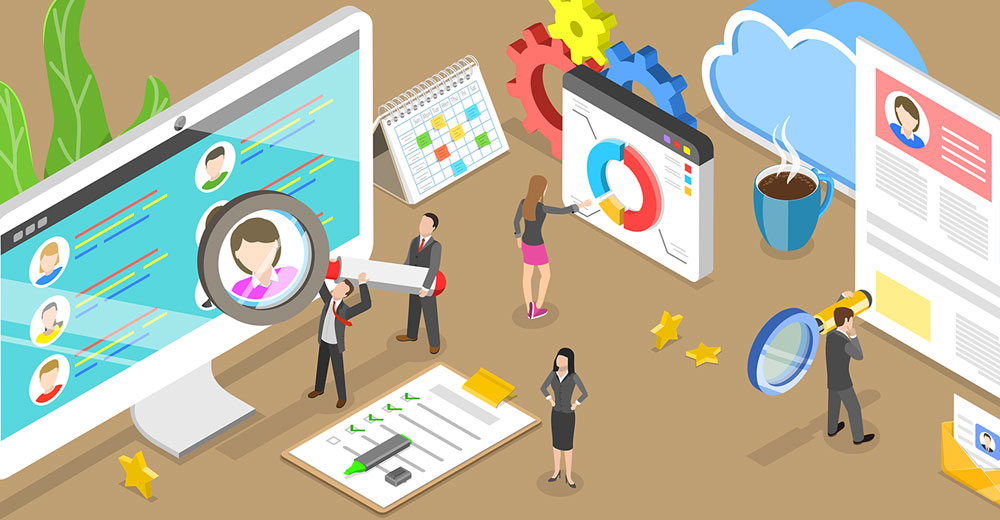A long time ago, before CRM and very early in my sales career, someone pointed out that customers are at the bottom of the food chain. It was not a profound idea; we just kind of chuckled and moved on, but obviously, it has stuck with me.
Today, perhaps more than ever, we often think about customers, supply chains, and sustainability. So, it seems that the idea of customers as important inputs in business may have come full circle.
To me, this is not the same as considering the 360-degree view of the customer. Though that’s significant to the point of being primary, it leaves unsaid why this view is so important. In my mind, the food chain metaphor leaves no doubt.
But now, we seem to be taking this a step further into sustainability, a subject near to my heart and much in vogue as we episodically consider what forms of energy to use in the future and the price of gas.
It’s right to consider customer sustainability because, ultimately, if your food chain is not sustainable, you aren’t either.
In the thread I am pulling, customer sustainability includes that 360-degree view and that requires a significant amount of data. The reason is simple. We don’t know what a customer might want next from the universe of things we might be able to offer them, but we know — and hope — they’ll want something.
So, sustainability, the customer version, requires that we capture scads of data about customers — and today that means in an ethical and non-snooping way so that we’ll have something to feed the monster we call AI.
Historical Data
Artificial intelligence’s appetite for data knows no bounds. If it has data, it can tell you things, but without data, you’re on your own. If you want to be able to recommend the next best idea, offer, solution — whatever — you need to know what went before at a minimum.
Other things like preferences, life goals, and personal beliefs can all come in handy, too, depending on what business you’re in. Some of this data might not even be available, and you might have to infer something from other likes or affiliations. That means even more data, and that’s just life in the customer-facing world.
At this point it will not surprise long-time CRM readers that the logical place to capture and store this voluminous data is in a customer data platform or CDP. CDPs are not new and different vendors try to distinguish theirs from the rest of the market with varying degrees of success.
From what I’ve seen, early adopters and early majority users are adopting CDPs. If you’ve been too busy keeping your head above the flood recently, the good news is that you can still get a CDP and use it against your competitors.
What to look for in a CDP can be a long conversation, and that talk should involve the data scientists who might already be queuing up outside your door to have that discussion. Certainly, your proposed CDP, analytics, and AI automation should not be strangers. You’re well past the stage where you buy the bright, shiny object, right? Good.
I’d talk about my industry a bit or engage friends in the business to see what they’re using and liking and what their needs are. I’d also insist that any CDP vendor demonstrate my scenario with some of my data while I’m kicking the tires.
Beyond that, platform gets extra points in my world; a CDP that’s well integrated with the platforms that I use is a big plus. So is mutability, that ability to add data types that I didn’t think were important but suddenly are.
You might ask, why is this so important?
Today’s Crowded Markets
Well, many markets aren’t what they were a few years ago, which has little to do with the pandemic. Early markets inhale new products without much thought. Later markets, like many of the ones we see now, are well-populated with products.
Earlier, you didn’t need much specialization in your product line. But today, you do, which is a significant reason why we care about customer 360. So, in a way, all this sustainability, CDP, AI, and even customer 360 are attempts to better compete in crowded markets.
Of course, if you add in the pandemic, you immediately know that personal knowledge of customers is tough to get these days, and an engine that can plow through customer data to find a needle in a haystack is good to have.
More to the point, the pandemic has caused literally millions of professional people to leave their jobs. Why is it not important? There are potentially millions of deals out there dangling like a participle because a buyer left and a new seller is trying to get up to speed. They both need help.
Perhaps some combination of preserved information from earlier encounters stored in CRM might be useful to both parties, even as new people engage their CDPs.























































